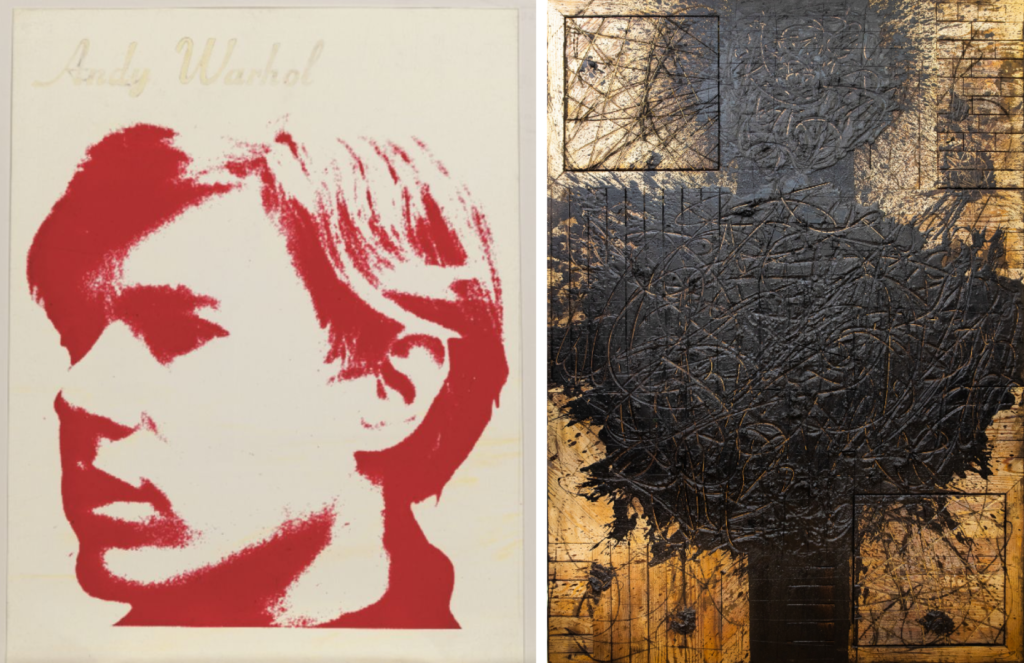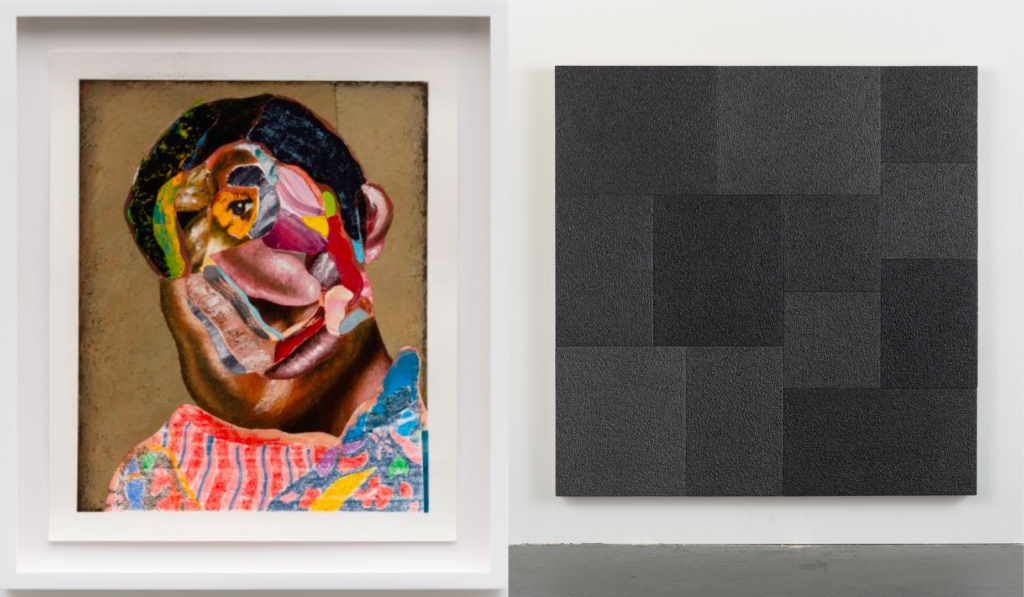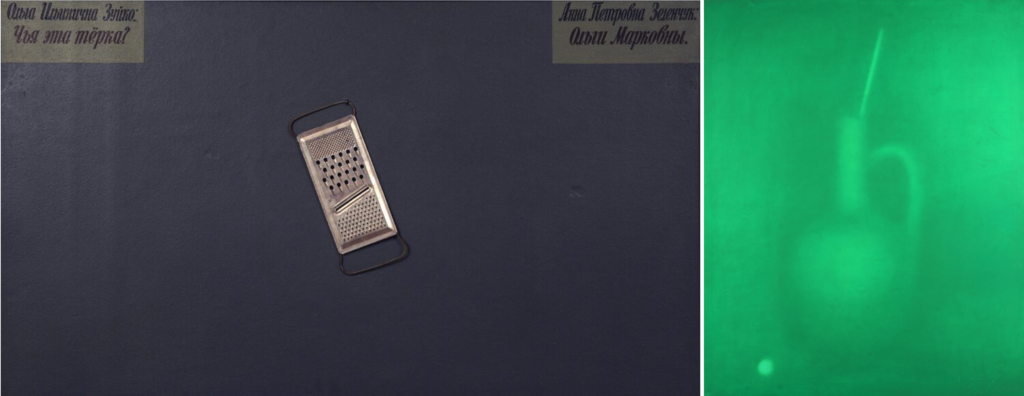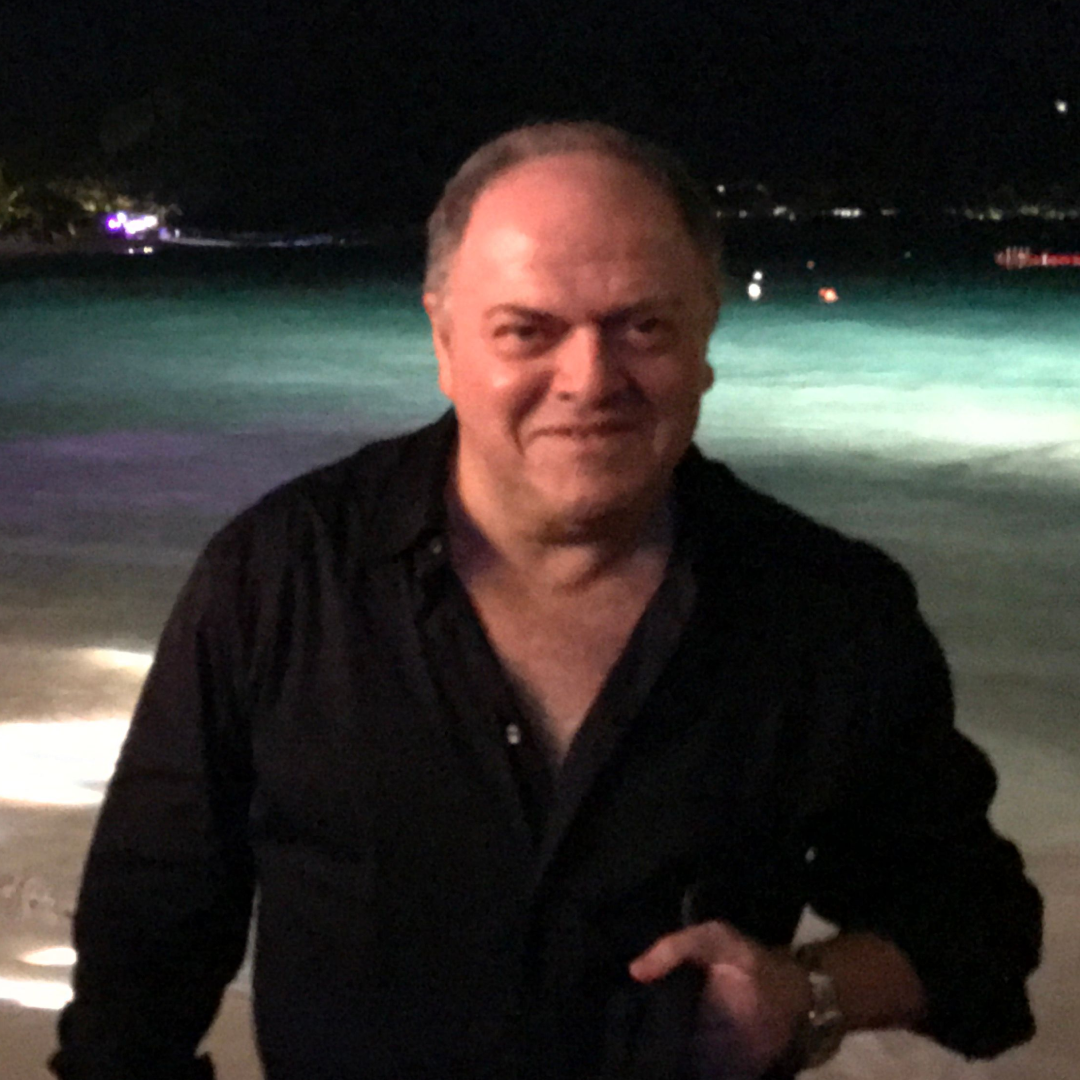In an interview with Fine Art Shippers, he shared his journey as an art collector and insights into the art industry and market.
How did you start collecting? What was your initial motivation?
Max Dolgicer: I began collecting in the 1990s, and it all started with a chance encounter. I met Holly Solomon, a legendary New York art dealer, who invited me to her home to view her collection. Her passion for art inspired me, and I began exploring modern and contemporary art. First, I was drawn to suprematism and constructivism—artists like Malevich, Popova, Chashnik, and Rodchenko fascinated me. But I soon realized that this field was fraught with forgeries, so I decided to turn to something else.
I was most interested in the art of the second half of the 20th century on both sides of the Iron Curtain. On the Eastern side, that was Russian nonconformist art, especially that of Ilya Kabakov and Erik Bulatov. On the Western side, my greatest passion was pop art. I collected Andy Warhol, James Rosenquist, Robert Rauschenberg, Ed Ruscha, and others. Today, my collection also includes many younger living artists, such as Rashid Johnson, Tracey Emin, Amoako Boafo, Lynette Yiadom-Boakye, Toyin Ojinh Odutola, Wolfgang Tillmans, and many others.
Interesting. Could you expand more on how your collection evolved over the years?
I’ve never been able to limit myself to just a few artists. I know prominent collectors who only collect work from five to seven artists, and I’ve always admired that. For me, that’s just not possible—I love far more than that. When I moved away from Russian nonconformist art—aside from a few artists I appreciate—I naturally shifted toward abstract art. I think that came from my early fascination with suprematism.
But over time, I also came to appreciate figurative art. I bought my first figurative piece, a painting by Eric Fischl, almost twenty years ago. Beyond painting, I have developed a deep appreciation for sculpture and neon art as well. I absolutely love Tracey Emin’s neon works—they truly resonate with me and bring me so much joy. Overall, my collection reflects what I love and connect with. It’s not about following strict rules; it’s about the art that speaks to me and adds meaning and joy to my life.

Rashid Johnson. Michael
From the collection of Max Dolgicer
Since you mentioned joy — could you talk more about the emotional side of art collecting? How does the art you interact with shape your perception of the world?
To me, art is a great connector, it expands our horizons and deepens our understanding of the world. It takes me to places—both literally and figuratively—that I might never have explored otherwise. I once bought a piece at Christie's Evening Sale in London that supported the Nigerian Pavilion at the 2024 Venice Biennale and an art school in Nigeria. This purchase led me to connect with the team behind these two important projects. We have been in communication for a while, and they have invited me to visit them multiple times which is still on my bucket list. But that’s not the end of the story — their pavilion was one of the highlights of this year’s Venice Biennale and this fact alone was instant gratification for me. This ability to connect is one of the most important and meaningful aspects of art as I see it. It’s not just something I appreciate—it’s something that shapes how I see and experience the world.
How do you balance the emotional side of collecting art with financial aspects and investments?
As an art collector, I invest my emotions, energy, time, and financial resources. Like most collectors, my resources in each of these areas are limited, so I have to take that into account. On the financial side, for works above a certain price point, I do my research on market trends and the artist’s representation in galleries to evaluate the overall investment potential. For pieces below my personal threshold, I allow myself a little more freedom. I’m at the point where I still think about how much art I can reasonably own—it’s always a balance between growing my collection and keeping it manageable. For example, recently, I spoke with someone who decided to downsize their collection in order to focus only on top-tier, museum-quality works. While I understand that, I haven’t reached that point of saturation yet. I’m still exploring new artists and enjoying the discovery process.

Peter Halley. Correspondence III
From the collection of Max Dolgicer
Could you share the story behind one of your most memorable acquisitions?
I have many stories from my years as a collector, but one is especially dear to me. I’m a devoted collector of Wolfgang Tillmans, whom I consider to be the best photographer in the world. This story takes place in Hong Kong during Art Basel, where Tillmans had an opening at David Zwirner’s gallery. I attended the event and was introduced to Tillmans by Sam Keller, the former longtime director of Art Basel and now director of one of my favorite art institutions, Foundation Beyeler. During our conversation, I mentioned that I was looking for a specific work by Tillmans. To my surprise, the artists told me there might still be a chance to acquire it.
The photograph I wanted had been part of a museum exhibition in a small town in France. Tillmans connected me with Daniel Buchholz, the gallerist who discovered Tillmans and still represents him, and, incredibly, one piece from that series was still available. It felt like the perfect storm—artist, gallery, and collector coming together. I was fortunate to purchase the work.
What trends have you observed in the art market over the past two decades, and how have these changes affected your collecting approach?
Art has transformed into a global industry over the past 25 to 30 years. In the late 1990s, the art market’s size was just 10-20% of what it is today. While still relatively small compared to industries like real estate or finance, it has grown significantly with the expansion of Art Basel and Frieze and other international art fairs and biennales to several cities worldwide. In recent years, though, the growth has slowed to some extent.
As for the current state of the market compared to a few years ago, I’d say that today collectors seem less inclined to buy indiscriminately. Many are returning to established artists, as doubts grow about the sustainability of high prices for emerging talent, whose works often lose value on the secondary market. In my opinion, auctions remain the most transparent and accurate reflection of market value. Sotheby’s, Christie’s, and Phillips have unmatched global reach and the ability to sell almost anything. They provide valuable insight into market trends and collector sentiment.

Oleg Tselkov. Jug
From the collection of Max Dolgicer
Summing up 2024, what kind of year has it been for you as an art collector?
In 2024, the mood in the art industry started off a bit gloomy but ended on a more optimistic note, especially after Art Basel Paris and the recent auctions. For me personally, it’s been a productive year—I added some great pieces to my collection, attended several art fairs, discovered new artists, and met interesting people. Now, I’m looking forward to what 2025 will bring. The euphoria around skyrocketing art prices seems to have cooled off, which I hope continues. A more stable market would be beneficial for everyone involved.
Interview by Inna Logunova
Photo courtesy of Max Dolgicer
